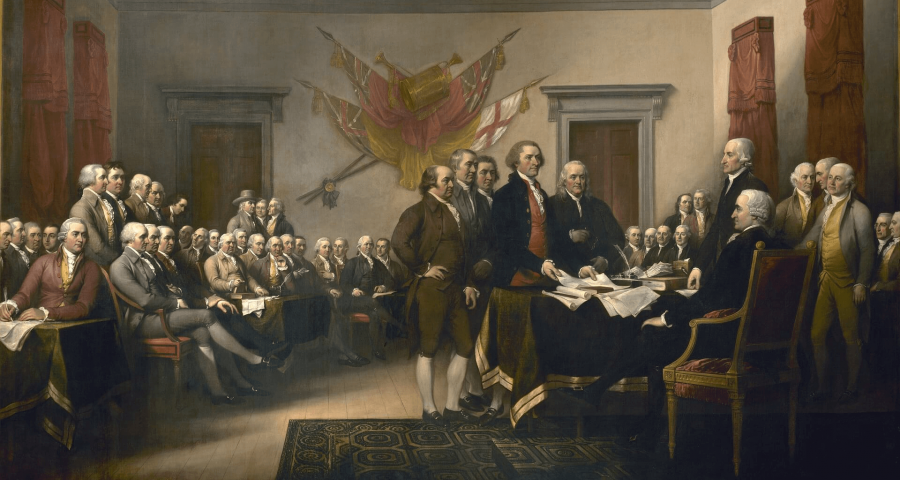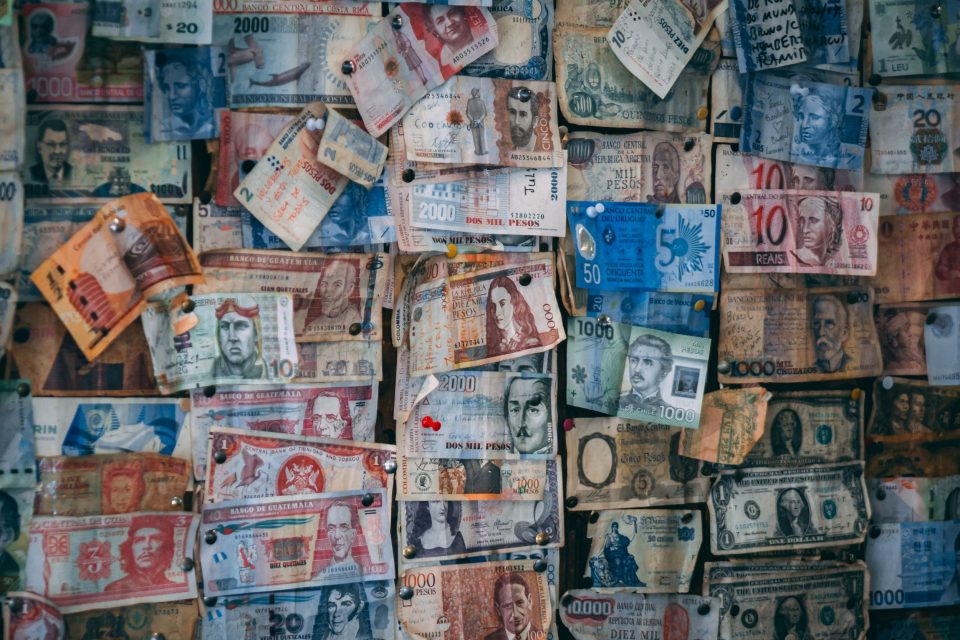The National Handwriting Day and the Declaration of Independence

How to make it as a writer
January 17, 2022
Top 10 books to bring to a desert island
January 27, 2022
What connects National Handwriting Day on January 23rd with the Declaration of Independence? The answer can be found in the spirit of the day itself!
National Handwriting Day has been celebrated since 1977, thanks to the efforts of the Writing Instruments Manufacturer’s Association (WIMA). The association chose January 23 for National Handwriting Day.
But why?
January 23 is actually the birthday of John Hancock, the first governor of the Commonwealth of Massachusetts.
Who was John Hancock?
John Hancock was born on January 23, 1737, in Braintree (now Quincy) in Massachusetts. His father, a clergyman, died whilst Hancock was a boy, so he was moved to Boston to be raised by his uncle, Thomas Hancock, a wealthy merchant.
After graduating from Harvard College in 1754, Hancock began working for his uncle’s lucrative shipping business. His uncle was childless and, when he died in 1764, he bequeathed his import-export business to John. John Hancock became one of the richest men in New England.
As a prominent local citizen, John Hancock entered local politics in 1765, when he was elected a Boston selectman. The following year, he won election to the Massachusetts colonial legislature. Hancock’s opposition to the tax laws imposed by the British crown aligned him with colonial revolutionaries.
In 1768, one of his merchant ships, the Liberty, was seized in Boston Harbour by British customs officials. They claimed Hancock had illegally unloaded cargo without paying the required taxes. As a popular figure in Boston, and the seizure of Hancock’s ship led to angry protests by local residents. In the ensuing months and years, Hancock became increasingly involved in the movement for American independence.
Although criticised by his fellow revolutionaries for his conspicuously lavish lifestyle, John Hancock was a generous benefactor to local social projects.
John Hancock’s role in the American Revolution
In 1774, John Hancock was elected president of the Massachusetts Provincial Congress, which declared itself an autonomous government. Later that year, he was chosen as a Massachusetts delegate to the Second Continental Congress – the organisation that served as the governing body of the United States during the American Revolution.
These roles made Hancock a target for British authorities. In 1775, he and fellow revolutionary Samuel Adams avoided arrest in Lexington, Massachusetts, after Paul Revere made his legendary gallop to warn them “the British are coming!”.
The following month, in Philadelphia, John Hancock was elected president of the Continental Congress. Then, just over a year later, on July 4, 1776, the Congress adopted the Declaration of Independence.
The Declaration of Independence & National Handwriting Day
Drafted by Thomas Jefferson, the Declaration of Independence states that the 13 American colonies were free from British rule and detailed the importance of individual rights and freedoms.
As president of the Continental Congress, Hancock was the first signatory to the document. Legend has it that Hancock boldly inscribed his name so that the English king would not need glasses to read it. Whatever the truth, his prominent, stylish signature became famous. Today, the term “John Hancock” is synonymous with “signature.”
And it was for this distinctive signature on the Declaration of Independence in 1776, that inspired WIMA to choose January 23 for National Handwriting Day. It chose Hancock’s birthday as the date for its annual celebration of the handwritten word.
Further reading
- Read more about National Handwriting Day here.
- Our paean to the lost art of letter writing.
- Discover why we learn better on paper so you can put your handwriting to good use!
- Or opt for some sustainable stationary to make your handwriting greener!




